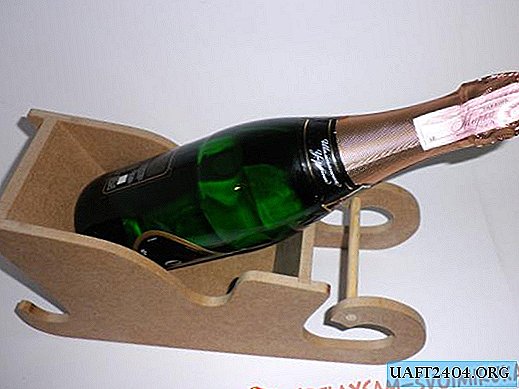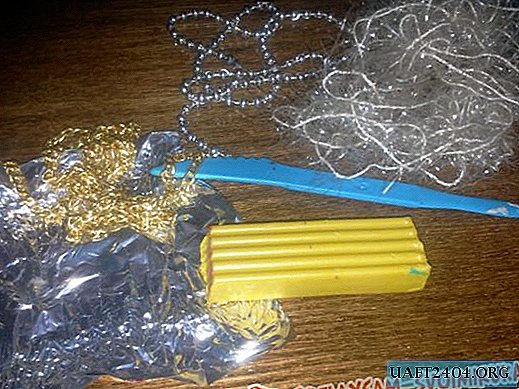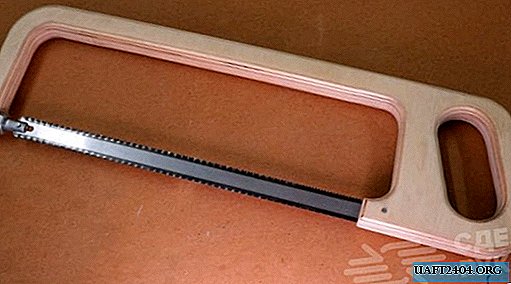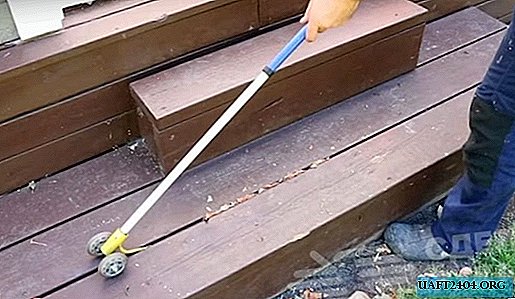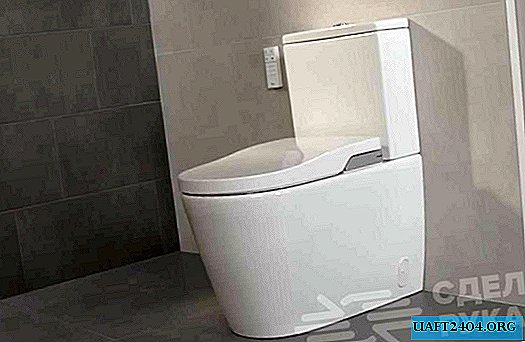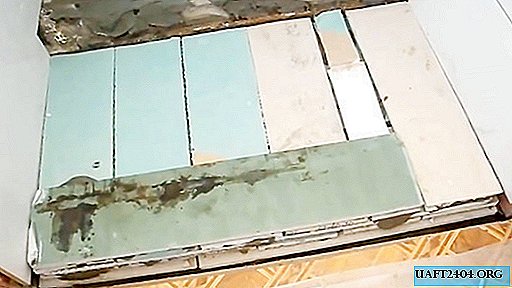Share
Pin
Tweet
Send
Share
Send
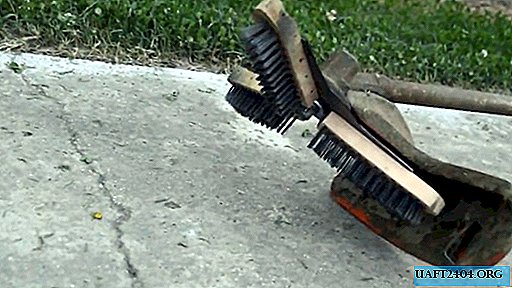
The edges of garden paths are often overgrown with vegetation or soil and various debris accumulate on them. Cleaning with conventional tools is not very effective, quite tedious and completely unattractive.
This work can be made much more pleasant, easier and more productive if you apply a standard trimmer with a working body equipped with three identical metal brushes with a wooden base.


Will need
In addition to the already mentioned trimmer and metal brushes, we will need:
- three-blade steel knife;
- clamping washers;
- clamping nut.
To carry out the planned work in full and with high quality, we must have at hand:
- pipe wrench with handle;
- vice is metalwork;
- hacksaw for wood or metal;
- square metal;
- automatic core;
- drill with a drill and a bit for self-tapping screws;
- impact screwdriver.
Manufacturing technology
The idea is to equip the standard working body of the trimmer with metal brushes, since we, along with removing excess vegetation, will have to clean the hard surface of the tracks from the ground and various debris containing sand, gravel, small pebbles, etc.

Let's start with the main element - brushes. We clamp them alternately in a vice and with a metal saw carefully cut wooden handles, leaving a strip of wood 5-7 mm to the extreme row of metal bristles.

We trace the contours of the brushes with a marker on the blades of a steel knife, observing maximum symmetry. In this case, the inner edges of the brushes should lie on the same circle.

In the center of the contours, using a square and a marker, mark on each of them 4 points evenly spaced in the longitudinal direction. We cover all 12 points with an automatic core.
We carry out through holes in the blades of a three-blade knife, previously fixed with a clamp to the workbench table, with a drill with the appropriate drill.

We fix each of the brushes to the blades, screwing screws from the opposite side with a screwdriver and the corresponding bit. For reliability, we screw the screws with an impact screwdriver.

We remove the reel from the trimmer and put in its place our modernized working body in the form of a three-blade steel knife with metal brushes rigidly fixed on it.


Installation is standard: be sure to place a thrust washer with an internal splined hole on the splined shaft of the trimmer spindle. It is she who, after installing all the fastening and tightening elements of the nut, transmits torque to the working body.
Then we put our working body, then two clamping washers and, at the end, a nut with left-hand thread, which we securely tighten with a pipe wrench with a screwdriver.


Control and practical application
After the installation of the working body is completed, we manually check the fastening strength, ease of rotation, lack of imbalance and the presence of a guaranteed gap between the periphery of the brushes and the protective casing.
The second stage of testing the tool is carried out after starting the engine at idle, changing the speed from minimum to maximum. Also in this case, we control all the parameters that were previously checked manually.



If everything is in order, we continue testing the trimmer with a modernized working tool in the “field conditions”: we remove excess land and garbage from the garden paths, we cut off the vegetation that covers the edges of the paths, we clean off the tile joints, etc.
From personal experience, we are convinced that such an instrument turns care of garden paths into a pleasant, easy and productive activity that will never be boring.




Share
Pin
Tweet
Send
Share
Send


